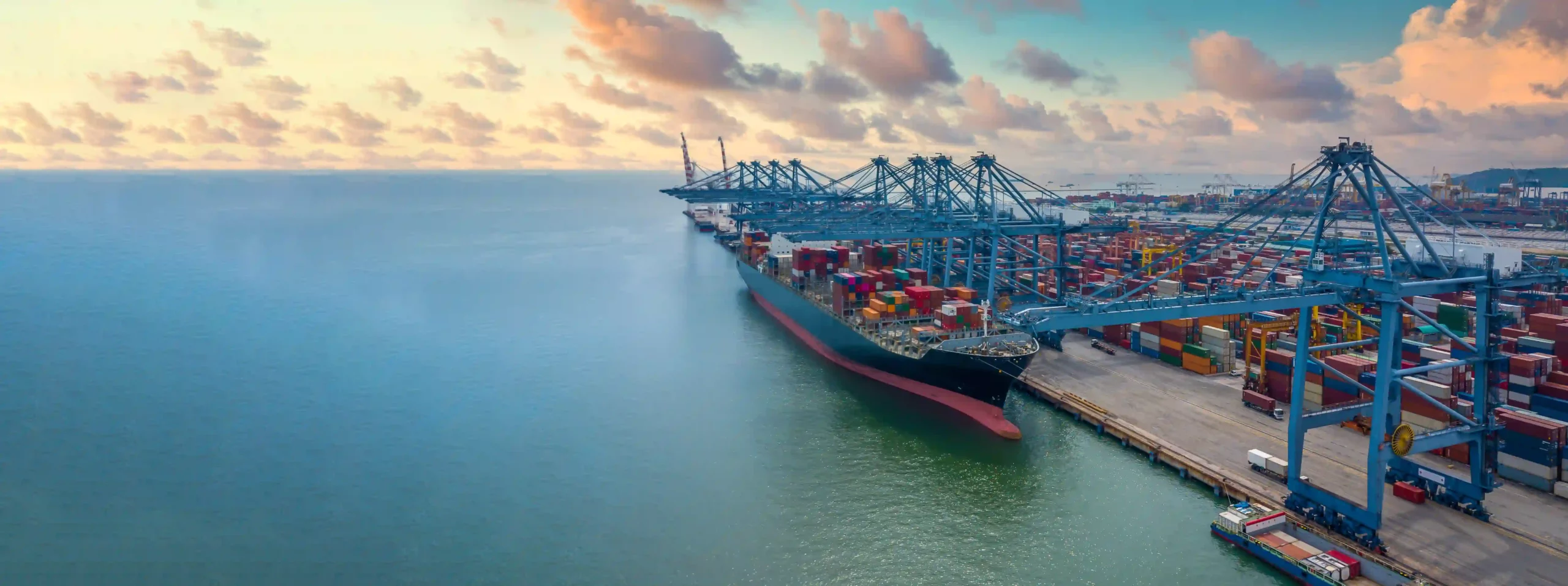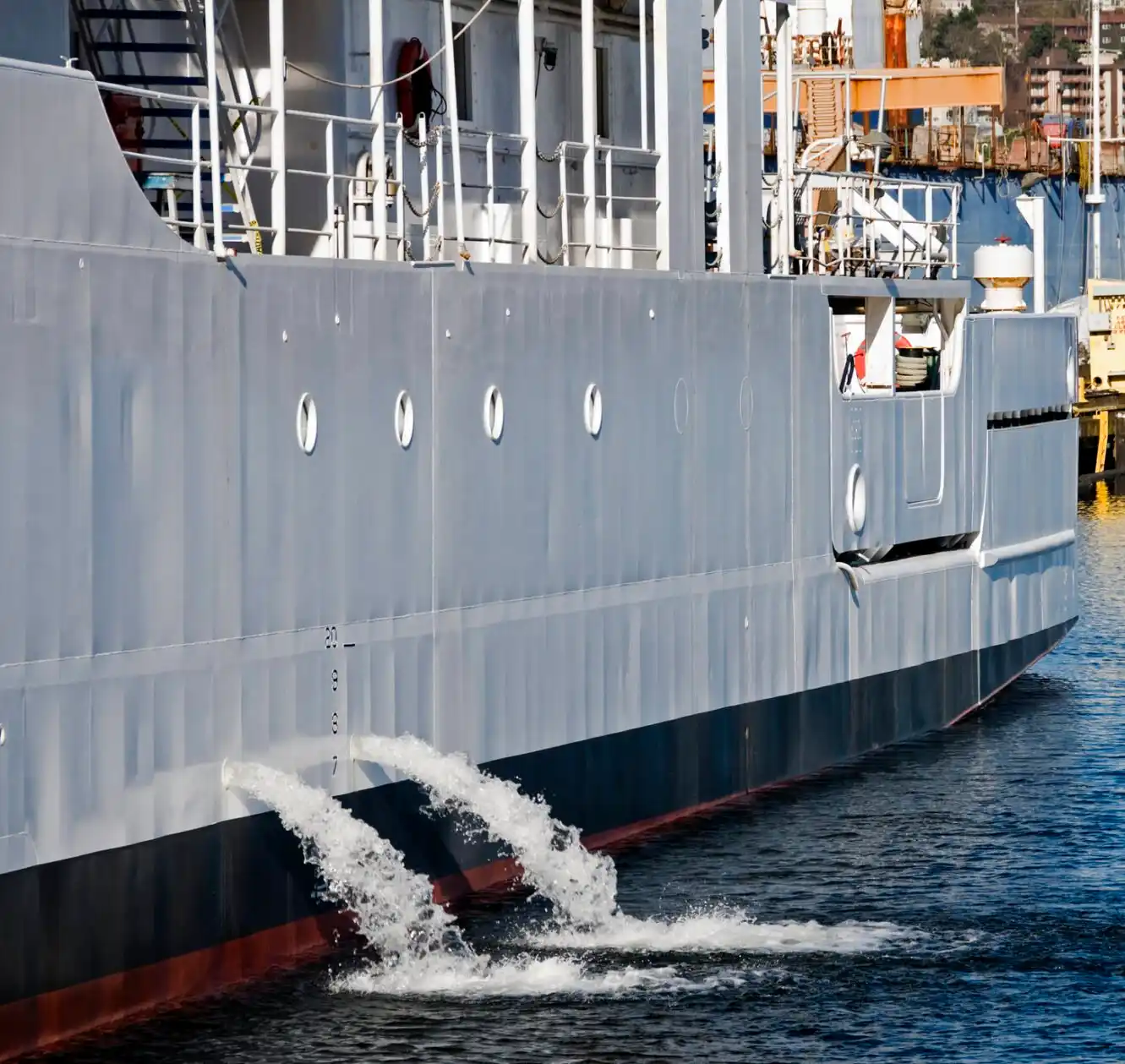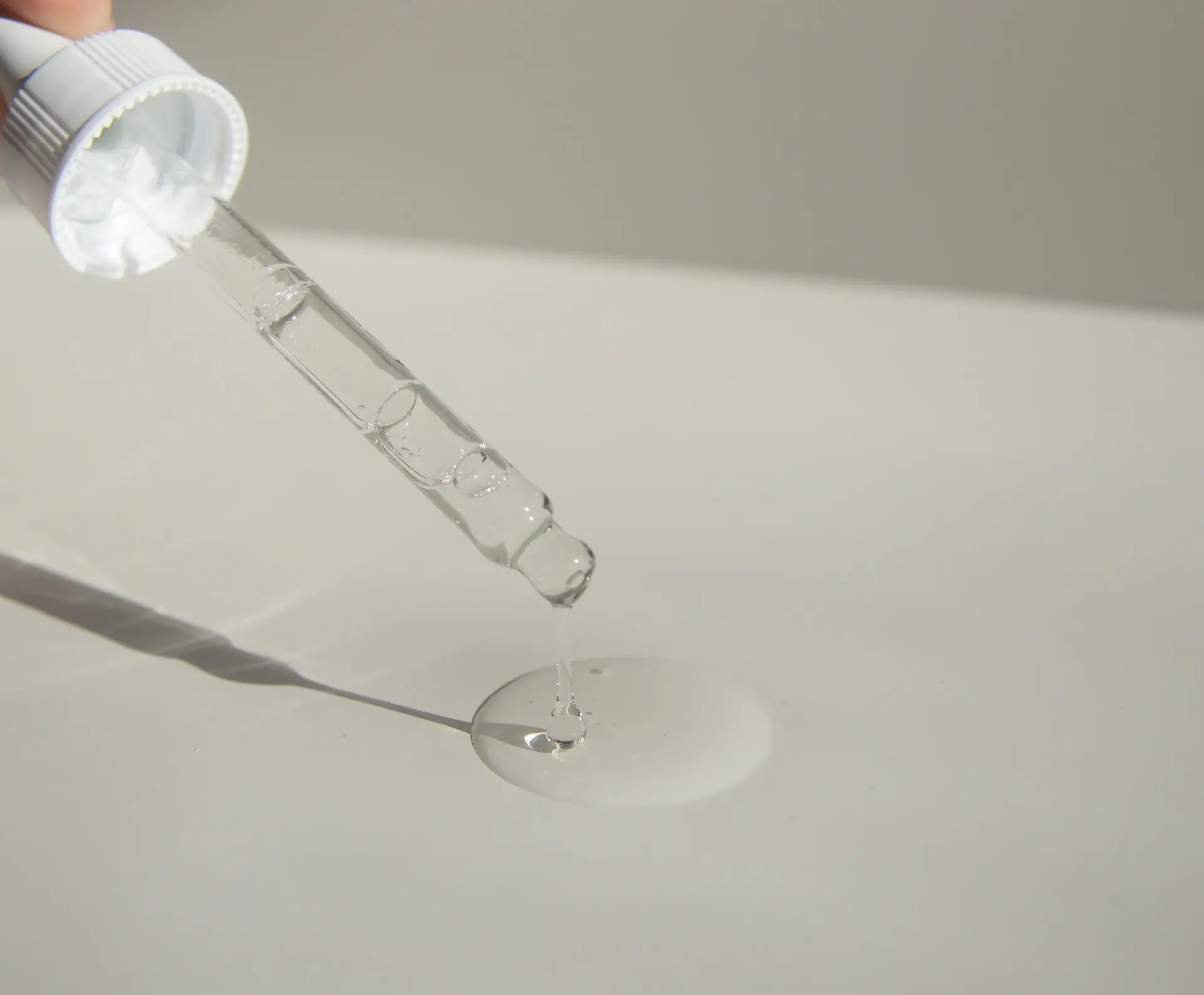
In addition to ballast water treatment services, Mr. Marine Ballast provides additional water testing services to ensure your vessel operates safely and complies with industry regulations. Water management processes are essential in reducing the risk of chemicals and invasive species in our global waters and preserving the maritime environment. The following paragraphs describe the additional water testing services provided by Mr. Marine Ballast.
Water quality standards vary from country to country and meeting the minimum standards from some flag states can prove challenging. Our worldwide network helps customers monitor the water quality on their ships, helps them maintain higher quality levels and reduces the risk of infection or illness.
Ships produce greywater/graywater as a normal part of operations. Everyone knows what sewage is, but what about greywater? The International Maritime Organisation or IMO defines it as “the drainage from dishwater, shower, laundry, bath and washbasin drains.” The dangers of untreated sewage are generally well known, however, most people don’t realise that untreated greywater can be just as harmful.
The U.S. Environmental Protection Agency (EPA) reports that untreated greywater is very similar to domestic sewage and can even have higher concentrations of certain components. Some components in untreated vessel greywater can be up to three times higher than untreated domestic wastewater and can contain harmful chemicals, pathogens, bacteria, metals, food waste and problematic nutrients.
Part 2.2.15.2 of the 2013 VGP specifies that new build vessels constructed on or after December 19, 2013, and with a maximum crew capacity greater than or equal to 15, and providing overnight accommodations to those crew are required to collect samples of graywater discharge for analysis. For these vessels, the 2013 VGP requires two samples a year which are to be collected, at least 14 days apart.
Bilge water refers to the water that accumulates in the bilge. It is a mixture of various liquids, integrating water, oil, fuel, grease, and other contaminants that enter the ship’s compartments through leakage, spills, or normal operations.


Part 2.2.2 of the 2013 VGP requires owners/operators of new build vessels constructed on or after December 19, 2013, and greater than 400 gross tons that may discharge bilgewater into U.S. waters, to collect a sample of bilgewater effluent (discharge from the vessel after bilgewater treatment system) annually and to analyse for oil and grease content.
MARPOL implemented various advancements that regulate the permissible release of bilge water, using the 15 oily water separator with the widely recognized oil content in the processed water to be less than 15 Parts Per Million (15 PPM) standard. Similarly, oil discharge and monitoring equipment played a significant role in reducing the environmental pollution of global oceans by controlling the discharge of oily waters from cargo tanks.
We advise our clients about the regulations and ensure that their sewage treatment plants are operating under the provisions of Marpol and MEPC resolutions. Sampling and onboard testing can be offered at various ports and we can offer appropriate sampling kits on request.
Part 2.2.26 of the 2013 VGP specifies that twice during the first year of permit coverage or system operation, whichever is later, each vessel operating a wet exhaust gas scrubber system must collect and analyze exhaust gas scrubber-related samples. One of those samples may be conducted as part of a vessel’s annual or other survey, and during the first year of system operation, one of those sampling events may be conducted as part of the system installation to ensure it is functioning properly. The two samples must be collected at least 14 days apart. After the first year, samples must be collected at least once per calendar year and may be collected as part of the vessel’s annual survey as appropriate.
With all our tests, Mr. Marine Ballast ensures that your vessels comply with the Vessel General Permit (VGP) or soon-to-become Vessel Incidental Discharge Act (VIDA). Both VGP and VIDA guidelines outline a structured framework for the regulation of several types of water discharge. The standards to manage discharges are outlined in the Act and followed closely by Mr. Marine Ballast.
Mr. Marine Ballast is your partner for different water testing services to ensure the safety and compliance of your vessels. Our multi-brand expert team is present in 375+ global locations, available to service you in your nearest port of call 24/7. You can book your service in almost any global port, from India to the United Kingdom. We take responsibility for your water testing management, providing you with the highest level of service and analysis accuracy. Contact our team for additional information or fill in the form below and we will send you an offer.
We can also support your Ballast Water Management Systems, ensuring your vessels comply with the BWM Convention guidelines. Mr. Marine follows strictly the IMO convention and BWM rules, so you can fully rely on our services.
If you want to join our team, visit our Careers page and apply! You can also contact our team at [email protected].
You can also find and submit your service request to Mr. Marine Ballast on:
ShipServ: TN-311092 – Mr. Marine Ballast
Our team is at your disposal 24/7, 365 days a year.
This site is protected by reCAPTCHA and the Google Privacy Policy and Terms of Service apply.
Mr. Marine is a global maritime service company. Our multi-brand expert team is committed to keeping vessels safe and compliant, anywhere in the world. With technical know-how, 24/7 responsiveness, and unparalleled spare part sourcing we are your global beacon.
Contact Us
Get a reply within 24 hours
This site is protected by reCAPTCHA and the Google Privacy Policy and Terms of Service apply.